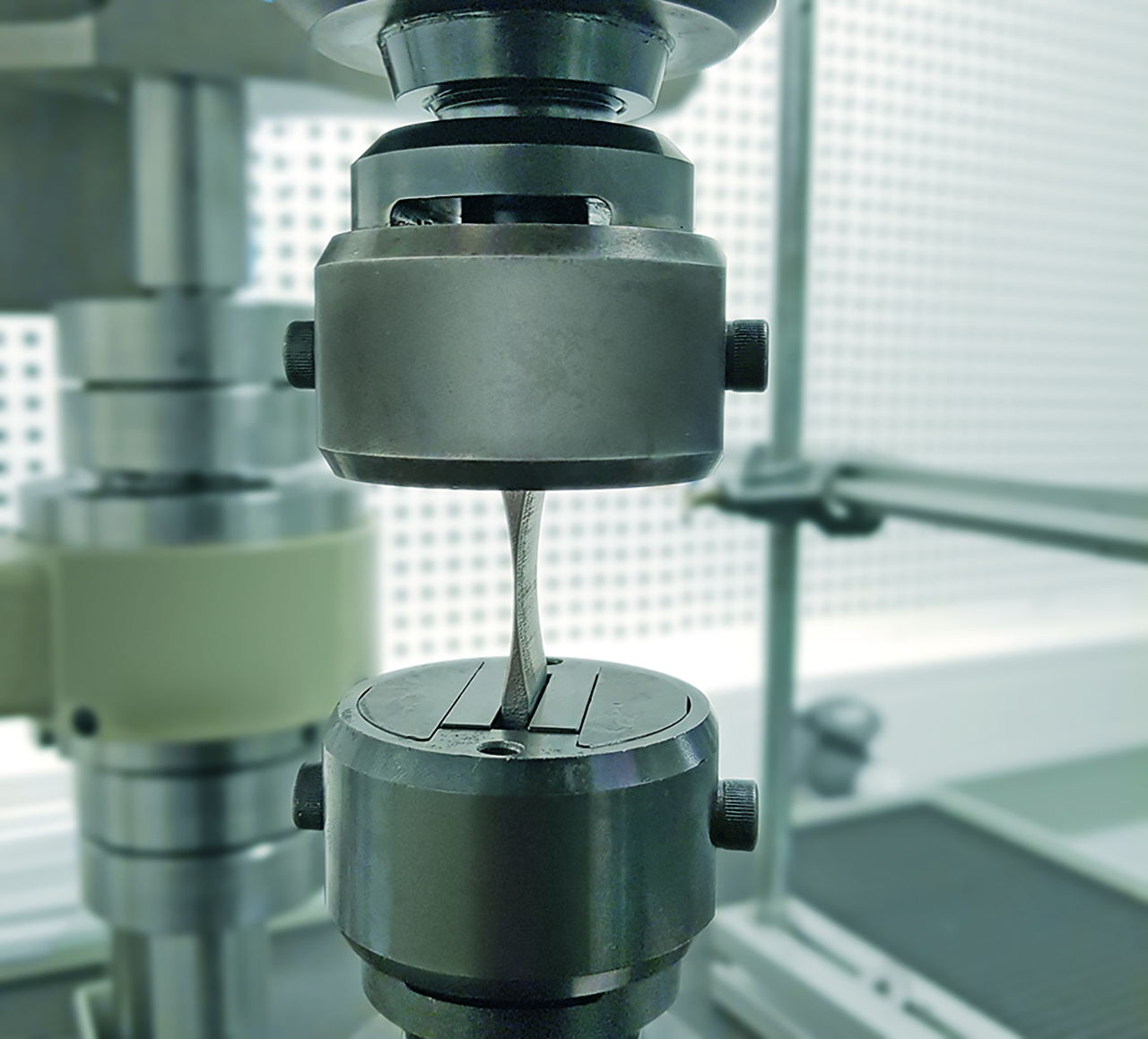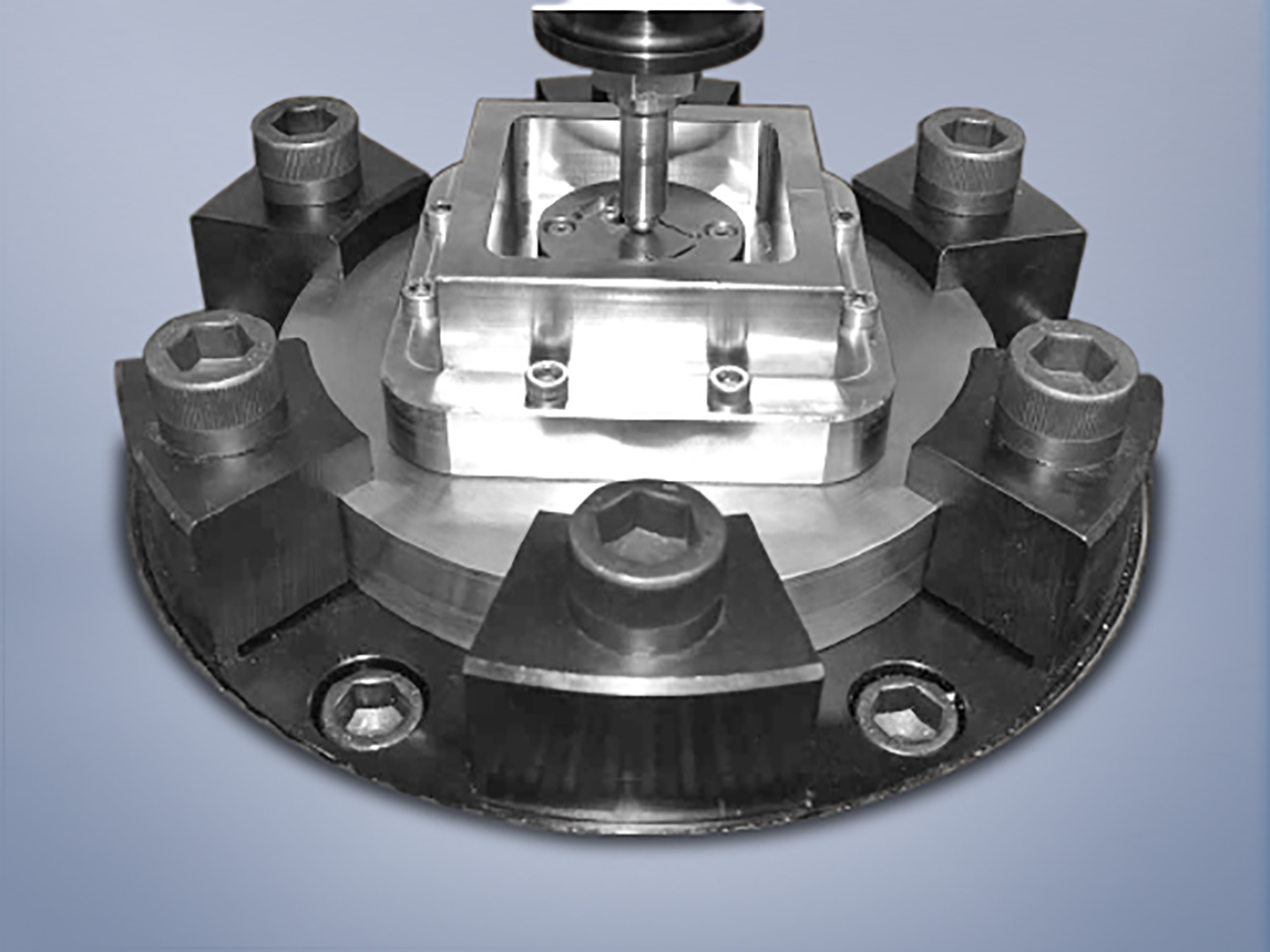Safe component development through application-oriented validation in the laboratory
Testing beyond standardization
Already in the early stages of component development, standardized characteristic values are indispensable for the selection of materials. However, as development advances, focus shifts to application-oriented load scenarios. At Fraunhofer IWS, these scenarios can be transformed into individual test procedures by directly linking process knowledge and material understanding.


Modern component development combines both virtual and experimental methods of fit-for-purpose assessment. In early development stages, component properties are mainly evaluated based on standardized material properties. At Fraunhofer IWS, experimental determination is carried out by means of standardized tests, such as the tensile test according to DIN EN ISO 6892, or the Wöhler line determination according to DIN 50100. In final component development stages, requirements for experimental testing change. At this point, the scientists focus on transferring the test results into specific application. “Therefore, we include the final operating conditions of the components as much as possible in the testing procedures in the laboratory. In current studies we have developed, for example, an adapted fatigue test sample shape that meets the special conditions of additively manufactured thin-walled structures”, elaborates Robert Kühne, who heads the Materials and Component Reliability Group at Fraunhofer IWS. The near component shape facilitates the comparison of specific surface conditions during application-oriented and process-safe manufacturing.
Contact fatigue of coating systems
A further research topic focuses on evaluating the strength and wear properties of high-strength coating systems based on amorphous carbon (ta-C). Using an adapted test methodology, the scientists succeeded in evaluating the resistance of different coating systems to recurring external mini-impacts. “The fatigue of the coating system is achieved by a repeated contact between a spherical indenter and the coated sample. Besides the testing, the accompanying metallographic and electron microscopic damage characterization is of crucial importance”, explains Kühne. Environmental influences, such as high operating temperatures, will be equally considered in the final component testing, as they can strongly influence the property profile. At Fraunhofer IWS, fatigue testing is possible up to a temperature of 900 °C. Currently, scientists are testing laser beam-welded components of vehicle exhaust systems in this temperature range to ensure their load-bearing capacity at operating temperatures.
 Fraunhofer Institute for Material and Beam Technology IWS
Fraunhofer Institute for Material and Beam Technology IWS